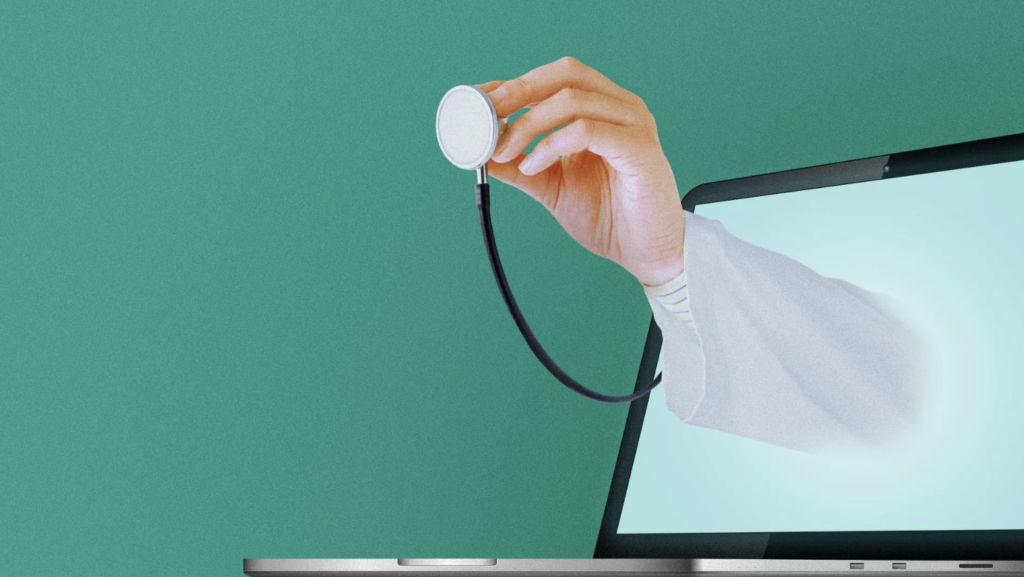
Illustration: Gabriella Turrisi/Axios
Just 1 in 5 adults who had opioid use disorder in 2021 received medication to treat it, new federal data show.
- Among the notable stats in the new study: People who received substance treatment through telehealth were about 38 times more likely to receive medication for opioid use disorder, such as buprenorphine and methadone, than those who were not treated virtually for any reason.
Why it matters: The finding speaks to the role that expanded telehealth access played in connecting people to drug treatment during the pandemic.
What they’re saying: “More than 80,000 people are dying of a drug overdose involving an opioid every year, while safe and effective medicines to treat opioid use disorder are sitting on the shelf unused. This study adds to the growing evidence that telehealth services are an important strategy that could help us bridge this gap, supporting the delivery of safe, effective, and lifesaving care for people with opioid use disorder,” said senior study author Wilson Compton, deputy director of the National Institute on Drug Abuse.
Yes, but: There have been physician concerns over prescribing of buprenorphine, including regulatory hurdles and the risk of diversion.
Of note: Only a third of the estimated 2.5 million U.S. adults with opioid use disorder received any kind of treatment for it, and there were striking disparities in who received medication.
- White adults were 14 times more likely than Black adults to receive medication, and there was a similar gap between working and unemployed adults.
- Men were six times more likely than women to get medications, and those in urban areas were three times more likely than those in non-urban areas.
